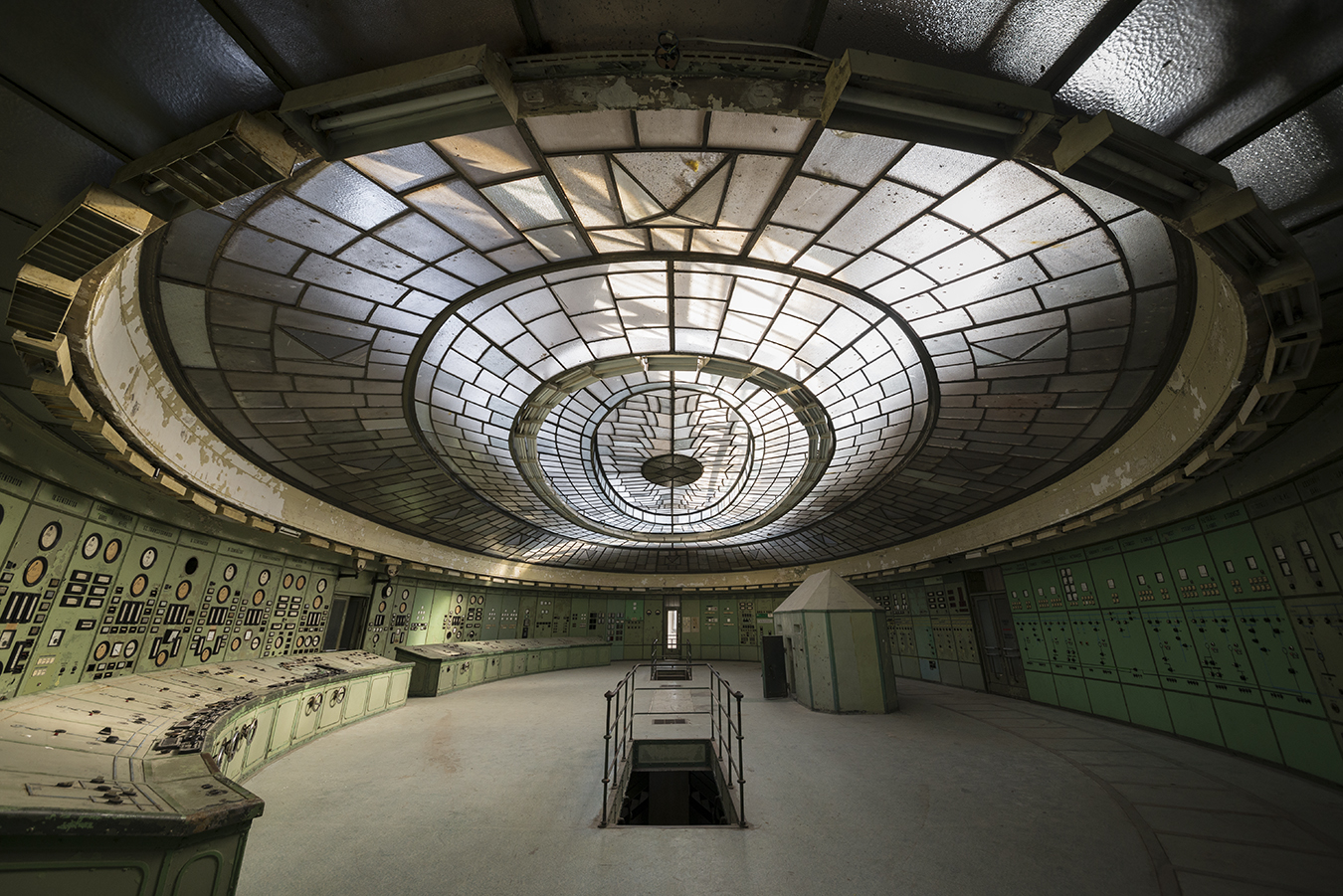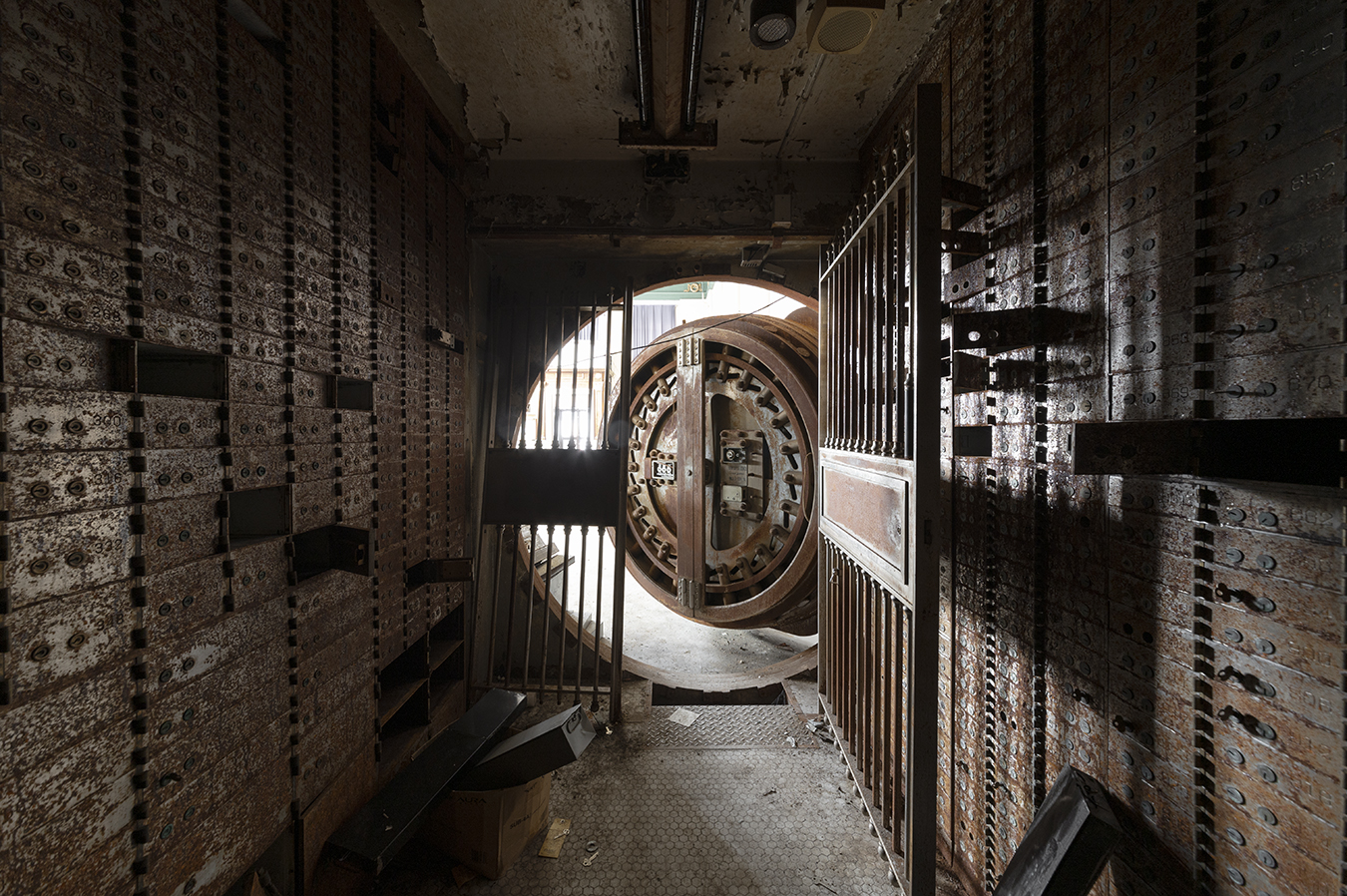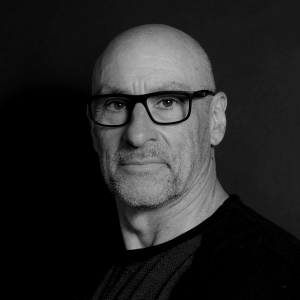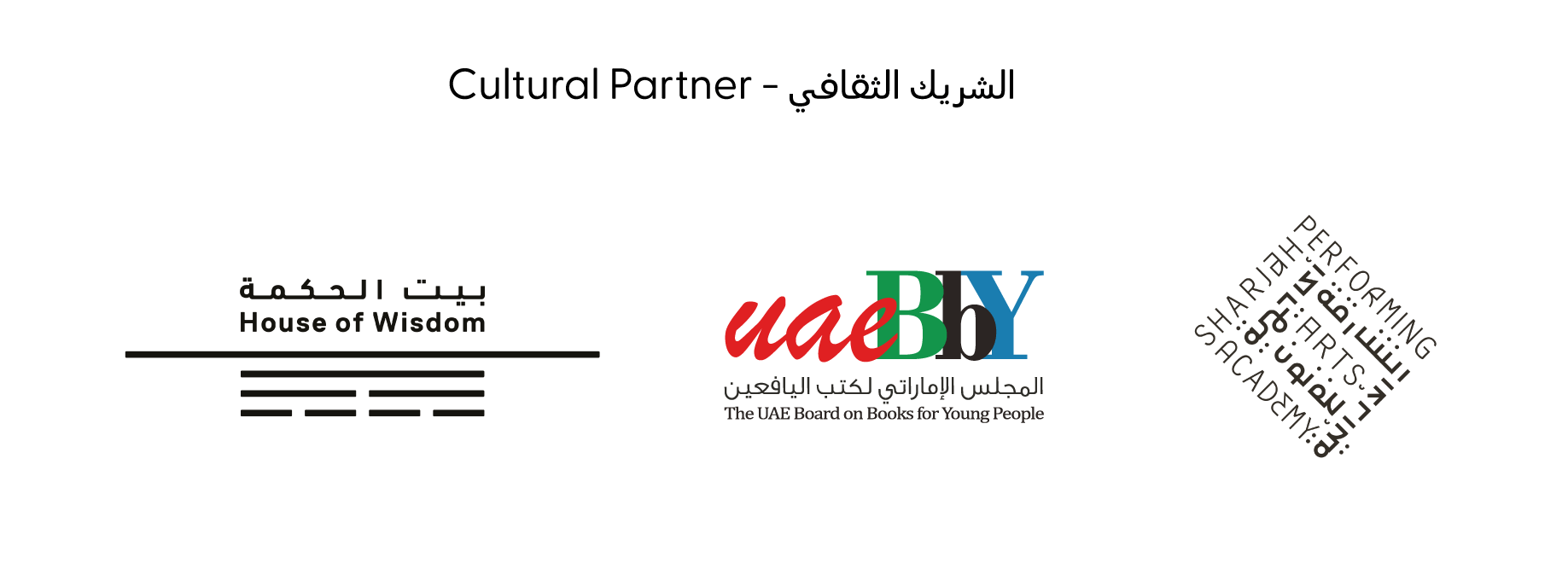Jean Pierre Rieu
Jean-Pierre Rieu, a self-taught photographer from the south of France, discovered photography as a form of personal introspection that soon evolved into a passionate quest for artistic expression. Without formal training, he honed his craft through observation, experimentation, and an unwavering curiosity about light, space, and human absence. His earliest images explored original portraiture, but his vision quickly gravitated towards the abandoned and overlooked, finding in Urbex—a fusion of urban exploration and photography—a language that felt uniquely his own.
Drawn to the poetic silence of forgotten places, Jean-Pierre began to travel extensively, immersing himself in environments steeped in decay and memory. From derelict hospitals to crumbling industrial sites, his camera became a recording device and a conduit for emotion. Using chiaroscuro techniques to shape light and shadow, he enhances the haunting beauty of each location. His immersive and intimate style invites viewers to pause and connect with spaces on the edge of erasure. Each photograph becomes a dialogue between past and present, presence and absence, and reflects Jean-Pierre’s ability to reveal the soul of a space before it vanishes.
For Jean-Pierre, Urbex is more than a genre—it’s a philosophy rooted in curiosity, respect, and storytelling. His expeditions are carefully researched and planned, often involving long journeys and challenging conditions to reach hidden or off-limits sites.
These explorations are guided by a deep reverence for history. Each abandoned space is approached as a pilgrimage: a moment of quiet communion where the artist absorbs the atmosphere, allowing the emotional weight of the place to guide his lens.


Jean-Pierre’s work has received critical acclaim in the French photography community. His images have been featured in major publications such as Chasseur d’images and Réponse Photo, where his artistic vision and technical insight have been widely appreciated.
He has exhibited at renowned festivals, including Les Azimutés d’Uzès, the Vincennes Images Festival (VIF), the Festival de Moncoutant, and Phot’Aubrac 2025, bringing his unique visual storytelling to a broader audience.
At the heart of Jean-Pierre Rieu’s work lies a profound meditation on impermanence. His photography is a visual elegy for the spaces that society leaves behind—forgotten homes, silent factories, and dust-covered theatres. Rather than simply documenting neglect, he transforms decay into something profoundly human. Through his lens, rust becomes texture, shadows become memory, and empty hallways become passageways to the past. His photographs invite us to reflect not only on the beauty of ruin but also on the fragility of existence and the traces we leave behind.
Each composition is deeply intentional. He waits for natural light to spill through a broken window or for silence to settle in an empty stairwell before capturing the frame. This patience allows him to create emotionally rich images less about abandonment and more about the stories embedded within these spaces. By highlighting visual details that others might overlook—a faded photograph on a wall, a collapsed chair, peeling wallpaper—Jean-Pierre uncovers forgotten narratives, infusing them with dignity and resonance.
His work is both artistic and reflective, bridging documentary photography and poetic realism. In an age of impermanence and rapid change, Jean-Pierre Rieu preserves the quiet echoes of history, ensuring that the memory of these spaces continues.
Jean-Pierre Rieu’s work has been widely recognised in French photographic circles. His images have been published in leading magazines such as Chasseur d’images and Réponse Photo, where his artistic approach and technical insights have been spotlighted. He also contributed a technical article to the book La netteté en photographie, sharing his expertise on photographic sharpness. His evocative Urbex imagery has been exhibited at several festivals across France, including Les Azimutés d’Uzès, Vincennes Images Festival (VIF), Le Festival de Moncoutant, and Phot’Aubrac 2025.







